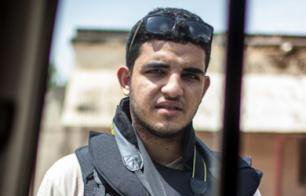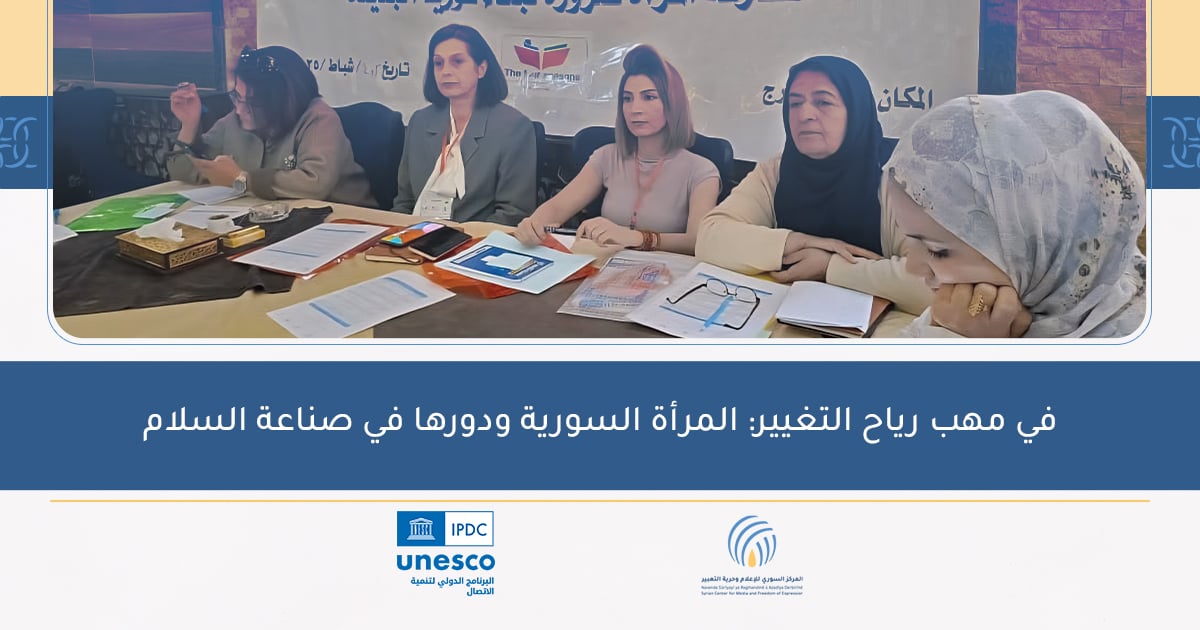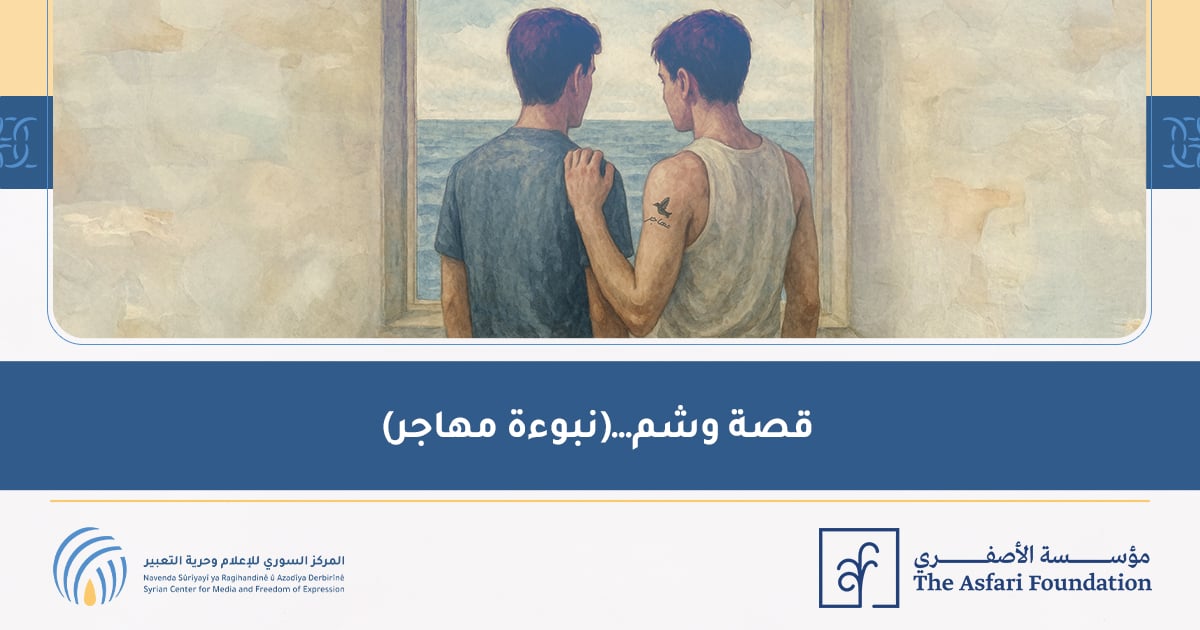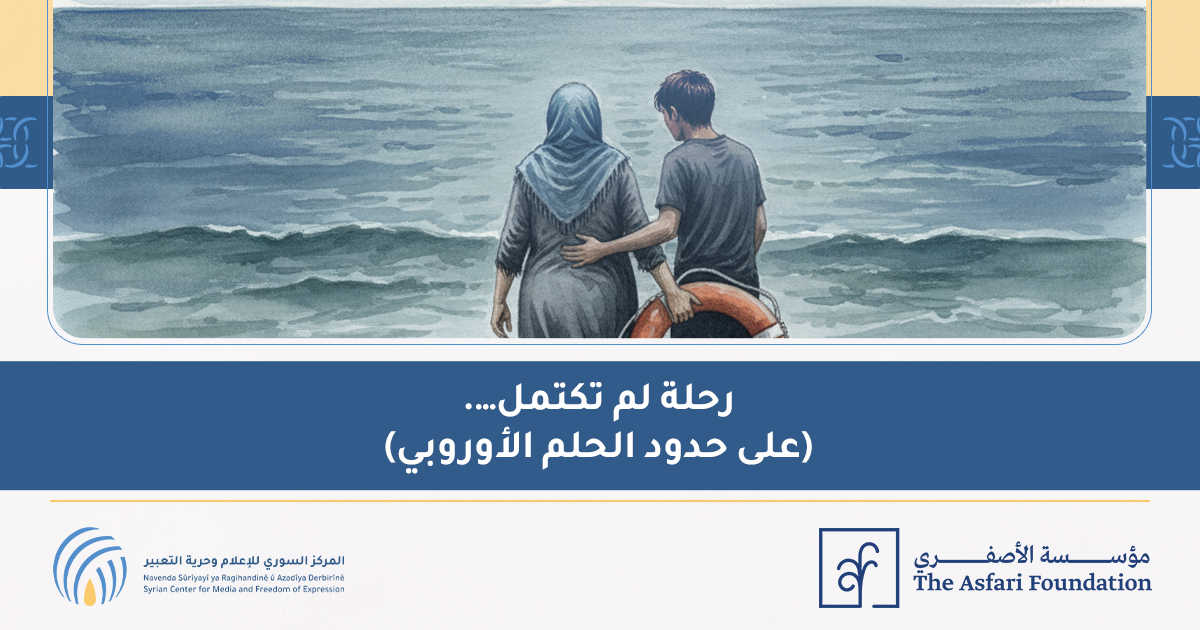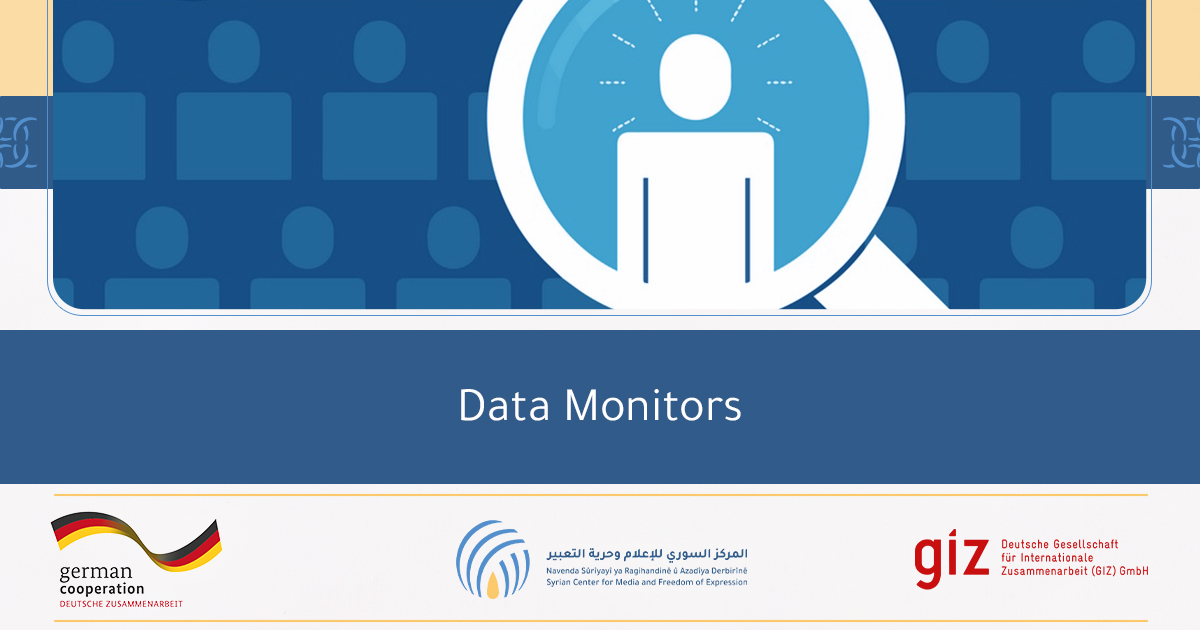
Wherever they operate, photojournalists tend to stand out. The equipment they use makes them easy to spot in a crowd. The images they produce also draw attention, and in some cases, can be a liability.
Hundreds of media professionals have been forced to flee their homelands to avoid intimidation, torture or imprisonment by authoritarian governments or local extremist groups intent on silencing them. The visual nature of their craft makes photographers especially vulnerable.
Earlier this summer, the Committee to Protect Journalists (CPJ) announced it was “collaborating with a group of photojournalists, who will take over CPJ’s Instagram account to share their work, often from assignments that forced them to flee.” The series is aptly titled “Lens in Exile.”
Prize-winning photographer Mohammed Elshamy made the inaugural posting with his photos documenting Egypt’s military coup, violent street clashes and turmoil during uprisings. He fled the country in 2014 after police arrested him twice and jailed his older brother, Abdullah, also a journalist. He was released from solitary confinement later that year.
“In times like these, the world needs photojournalists who risk their lives in selfless pursuit of the truth,” Elshamy, 23, wrote in a New York Times story about Egypt’s endangered journalists. “We might be arrested, abducted, traumatized or even killed, yet we continue to document the world’s tragedies and to document the truth.”
In 2011, at 17, he became the youngest recipient of the Egyptian Press Award. He now lives in New York.
“Lens in Exile” is a first for CPJ. “We thought it was a great way to utilize our Instagram platform,” said Nicole Schilit, CPJ journalist assistance program coordinator. “It’s great to let these photojournalists provide images and tell their own stories.”
Schilit, a former photo editor for Travel and Leisure magazine, oversees submissions and edits the Instagram postings.
“These journalists cover everything from the conflicts in the Middle East, and land-grabbing issues in East Africa, corruption in Eastern Europe and extremists in South Asia,” she wrote in July when the program was announced. “Their commitment to journalism, despite knowing the risks, is humbling.”
Schilit pointed out that to be successful, photojournalists often place themselves in the middle of the action. What strategies can they use to insure safety and protect their images? Following are tips IJNet has collected:
Do regular photo backups.
- Upload photos to cloud storage like Dropbox or Google Photos.
- Download photos onto a computer or other storage systems. Multiple copies on multiple devices is a must.
- Upload sensitive images to the cloud as soon as possible, even from the street.
- In situations that might be dangerous or get out of control, take the minimum amount of gear: one camera and a lens.
- Always have extra batteries or backup chargers for mobile phone and camera gear.
Be aware of where you are.
-
Some local customs and laws are not welcoming to photographers. You might anger locals who don’t want you to be there or police who try to stop you.
-
If a sign says “photos are prohibited,” pay attention. If you break a law, you risk arrest and having your camera equipment confiscated.
Protect your equipment and yourself. Traveling with photography equipment makes you a target for criminals. The following safety tips are aimed at reducing risk:
-
Avoid carrying your equipment in well-known, labeled photography bag or backpack. Thieves learn to identify these and can easily target you. Try to use a normal, non-descript bag.
-
In crowds, always look for an exit strategy.
-
Make sure someone knows where you are and check in often, especially if you are working alone. Research and know the territory before you go. This could keep you safe and help you do a better job.
-
Exuding confidence is a definite hedge against those looking for easy prey.
CPJ’s Journalist Security Guide provides information on covering protests, riots and other civil disturbances. Among the advice: “Remain calm if you are arrested. If you speak up, make every effort to maintain a professional demeanor as you explain that you are a journalist covering the news. If authorities decide to proceed with the arrest, comply with orders and wait for an opportunity to make your case calmly to a supervising authority.”
CPJ also warns that “civil scenarios from crimes scenes to riots can generate unpredictable and dangerous conditions. Journalists need to be mindful of self-protection measures to avoid putting themselves at physical or legal risk.”
Another helpful resource: The International News Safety Institute safety code reminds us, “All journalists have the right to exercise their profession free from persecution, physical and online attack.”
Image of Mohammed Elshamy taken by Andrei Pungovschi.
